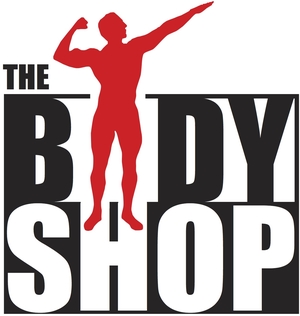The key is not just to live longer, it is to live longer while maintaining your quality of life. The more and more research that is done, the more clear it becomes that the key to successful longevity is movement. Movement is the key to maintaining activities that you love and ability to care for yourself. Our bodies are not meant for stagnation. Think about what we were naturally designed to do (hunt, gather) and then think about what we actually do on a day-to-day basis (not so much).
Most people have jobs that require long bouts of sitting in between long hours of commuting. Our bodies, being as wonderful as they are, are great at adapting to our circumstances. A body that is sitting all day will (unfortunately) adapt to sitting all day. Yes, you will become a better sitter, and in becoming a better sitter, you will become worse at moving.
Going to the gym to 3,4, or even 5 days a week is a small drop in the bucket compared to the 50-70 hours a week you spend immobile. I've also heard many people talk about better ways to sit, like sitting on a stability ball or adjusting your chair higher or lower. Well, truth is, there is no such thing as a good way to sit. What this means is that the time we do spend moving has to be as efficient as possible to ward off the negative effects of sitting. In other words, we must use health and fitness to close the gap between what we were designed to do and what we are actually doing.
The reality is, if you stop doing certain movements than those movements will no longer become available to you. Our goal is to maintain or get back to the most primal, natural level of movement that we were all gifted at birth.
The answer to helping us get there is CARs or Controlled Articular Rotations.
What is CARs?
CARs (controlled articular rotations) is a way of injecting movement into the body, specifically the joint, to improve joint health and mobility. In other words, it is actively rotating at the outer limits of a joint. The key is to isolate the area or body part you are moving while everything else stays in position. You will most likely feel your body trying to compensate for movement you don’t possess which is why you must focus and not rush through the routine.
Some benefits of working CARs into your life:
Maintain/improve range of motion in the joint
Joint health and longevity
Rehabilitation of a joint
Prevent build up of scar tissue
Help ward off osteoarthritis
Why Does It Work?
It’s pretty simple. Movement is what keeps the joint healthy. If we go about our normal day to day activity a lot of our joints are never reaching their full range of motion, therefore we run the risk of that joint losing its ability to do so. This is the Law of Specificity --the body adapting to how it is specifically trained or untrained. If we take a joint to its full range of motion everyday, or at least a few times every week, we are sure to keep it healthy and functioning well.
Dr. Andreo Spina, who has created the system of Functional Range Conditioning, says "Force is the language of cell and movement is what we say". When you really think about that statement, movement is how we tell our bodies what we need it to do. Most of us are born with very similar mobility abilities. If you've ever seen and noticed a small child's squat pattern it's near perfect! As we get older and we stop using those movement patterns, they go away and then it becomes our job to get them back.
How and When?
When: CARs are often done as a morning routine first thing upon rising. This will not only help get the joints and body moving but an added benefit is the amount of energy you will feel after you are done. You can also do them as part of a warm up before training. There really is no poor time to do them. Another great thing about CARs is even if you perform them poorly there is still benefits and little to no risk of injury! So don’t worry about doing them perfectly and just get moving!
How: Here is our video of the full morning routine. Once again, the concept is really to isolate the movement to the joint you are working. Do your best to restrict the movement to only that joint while taking it through its full range of motion in a circular pattern. If you feel certain areas need more attention than others, add a few more repetitions and increase the frequency of that area. This video is only some of the many CARs movements — stay tuned for other more specific videos!

